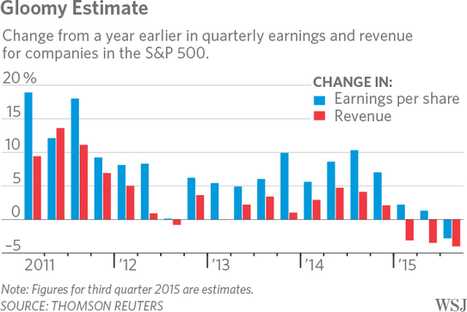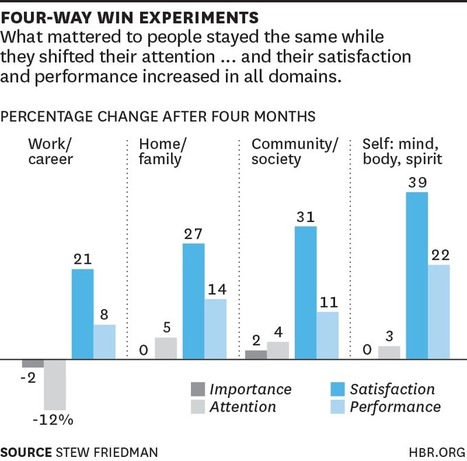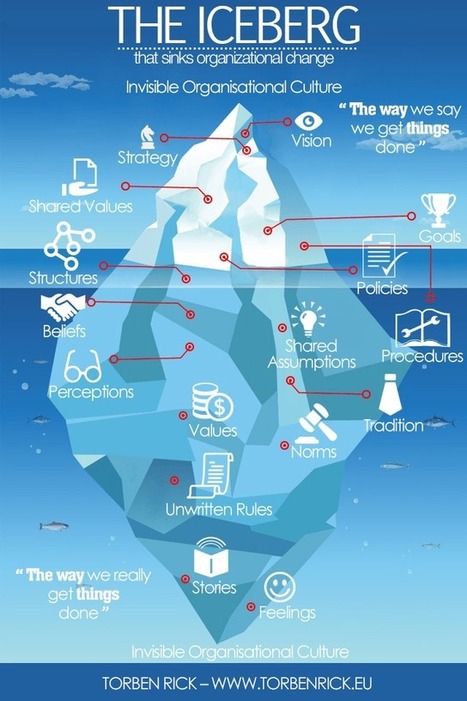Quarterly profits and sales from big American companies are poised to fall for the first time since the recession, as some industrial firms warn of a pullback in spending.
Get Started for FREE
Sign up with Facebook Sign up with X
I don't have a Facebook or a X account

 Your new post is loading... Your new post is loading...
 Your new post is loading... Your new post is loading...

Jeremy Pollard's curator insight,
May 19, 2015 8:00 AM
Compassion - is it just hearing (really hearing) someone elses story?
Active listening is actually really hard work. What's active listening? Well, it's the opposite of what most people do. For most people listening is that act of waiting until the other party stops talking so they can say what they been wanting to all along.
Net result, especially if that is also what the other party is doing? It's not a conversation. No information is actually being exchanged. To an observer, the two sides of the exchange, the two 'channels' appear totally disconnected.
And in asking both parties what they heard, what they felt, what they learned, the answer would probably be 'not much' or 'they sure don't listen'
So I love this article (there's that L word again) for what it will hopefully encourage - any improvement in the quality of listening, and the art of asking great questions.
As a tip - try waving in the suggested 6 questions over the course of your early time with anyone new. Not for any particular purpose or effect. Just because you really, truly want to listen, to really know something about someone else.
|

Gudrun Hoehne's curator insight,
May 20, 2015 4:49 AM
In global companies sometime the organizational cultures differ according to the subsidiaries. This is also of importance for virtual tems who work acroos different subsidiaries and countries. 
Javier Antonio Bellina's curator insight,
June 8, 2015 11:07 AM
Lo que hay bajo el Currículum: El Currículum Oculto |

































The economy goes up. The economy goes down. How will you adapt you Capture Planning and Price To Win for complex deals & bids?